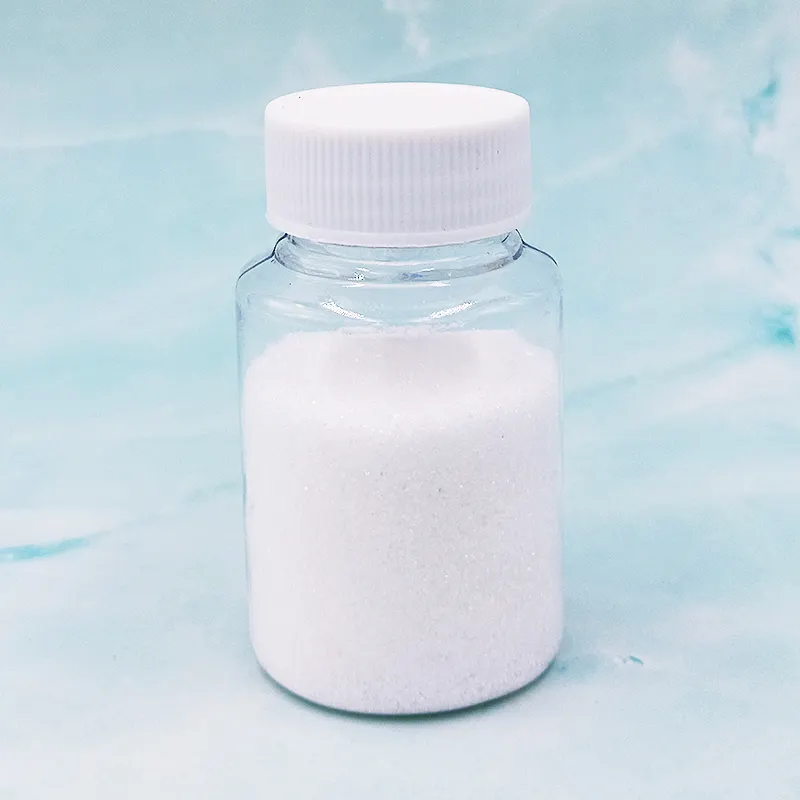The meaning of preservative-free
Preservatives are often associated with negative terms such as “irritating” and “toxic” in everyone’s perception. In fact, as research on preservatives has intensified, it has become clear that some preservatives that were originally allowed to be used in cosmetics are indeed a safety hazard. Of course, such preservatives will be slowly phased out, but consumers who suffer losses as a result may have already labeled preservatives as “dangerous” in their minds.
In addition, statistics show that 6% of the population has cosmetic-related contact allergies, and most of them are caused by preservatives. Infants and children in particular have fragile skin and may cause more damage.
It’s no wonder that some consumers are repulsed by preservatives. For this reason, some businesses have launched “preservative-free” cosmetics to cater to the consumer’s psychology, which are highly sought after in the market. However, the so-called “preservative-free” cosmetics actually mean that the preservative substances are neither within the 51 preservatives permitted for cosmetics in the Technical Specification for Cosmetic Safety (2015 edition) (hereinafter referred to as the “Specification”) nor among the 1290 substances prohibited for cosmetics in the Specification, such as ethylhexylglycerin, polyols, sorbetan octanoate, p-hydroxyacetophenone, etc.
Of course, there are some cosmetic ingredients that have both antiseptic effects and can be added without additional preservatives, such as peony root bark extract. There are also cosmetics with high alcohol content, extreme pH, etc., that have harsh conditions that do not easily harbor microorganisms and can be used without adding them. However, more “preservative-free” cosmetics are simply exploiting the loopholes of regulations.
In other words, “preservative-free” cosmetics do not really mean that no preservatives have been added.
But then again, why is it necessary to add preservatives to cosmetics? Doesn’t it cost money?

The wonderful use of preservatives
The composition of today’s cosmetics is becoming increasingly complex, with some ingredients providing nutrients needed for the growth of microorganisms such as bacteria, mold, yeast, etc., such as lipids, hydrocarbons, polymers, and plant and animal extracts. Some microorganisms are pathogenic and can be harmful to human health, and their reproduction can also affect the smell, color, pH and other related indicators of cosmetics. To avoid this, manufacturers often add a certain amount of preservatives to cosmetics to prevent them from spoiling.
So the addition of preservatives in cosmetics, and not manufacturers are fed up with, after all, preservatives are not cheap.
This preservative not only must be added, but also must be added just right. In order to ensure the antiseptic performance, but also to minimize its irritation and allergic to the skin, while also taking into account the cost and production process issues.
The preservative effect of a preservative depends on its own ability to kill and inhibit microorganisms, but it can also be affected by the composition of the cosmetic. Different kinds of cosmetics or the same kind but different brands of cosmetics have different formulations, which puts the requirement to build a quality system for cosmetic preservative safety.
Anti-corrosion challenge test
The actual effect of a preservative in a product can only be determined by testing the complete cosmetic formulation, which is known as a preservative challenge test.
Common standards for anti-corrosion challenge tests include.
USP (US Pharmacopeia) method
EP (European Pharmacopeia) method
JP (The Japanese Pharmacopoeia Japanese Pharmacopoeia) method
CP (Chinese Pharmacopoeia Chinese Pharmacopoeia) method
The cosmetic samples themselves were first evaluated for the presence of contaminating bacteria, and then a certain amount of different microorganisms were inoculated into the cosmetic samples simulating microbial contamination during the production and use of the cosmetics, usually at a mixed bacterial concentration of 107-109 CFU/g and mold at 105-107 CFU/g. Of course, yeast, etc., could be added as needed. The samples are placed at an appropriate temperature, usually 30±1°C, and periodically (1 day, 7 days, 14 days, 21 days, 28 days, respectively) sampled for the residual microorganisms in them, and the antimicrobial effect of the samples is evaluated according to the change in the number of microorganisms. The commonly used target bacteria are Escherichia coli, black mold and Candida albicans.
According to the different needs of manufacturers themselves, they can also develop more stringent testing standards, such as using samples after temperature aging test for microbial corrosion challenge testing, so that the test is closer to the actual situation and the test data can be more accurate
Although preservatives have a “bad reputation” in the minds of consumers, since relevant standards and regulations allow them to be added to cosmetics, it means that their existence has more advantages than disadvantages. Instead of resisting, we should work on developing a compliant, safe, green and efficient preservative system.
*Disclaimer: The content contained in this article comes from the Internet, WeChat public numbers and other public channels, and we maintain a neutral attitude toward the views expressed in the article. This article is for reference and exchange only. The copyright of the reproduced manuscript belongs to the original author and the institution, and if there is any infringementPlease contact Jetson Chemical for deletion
